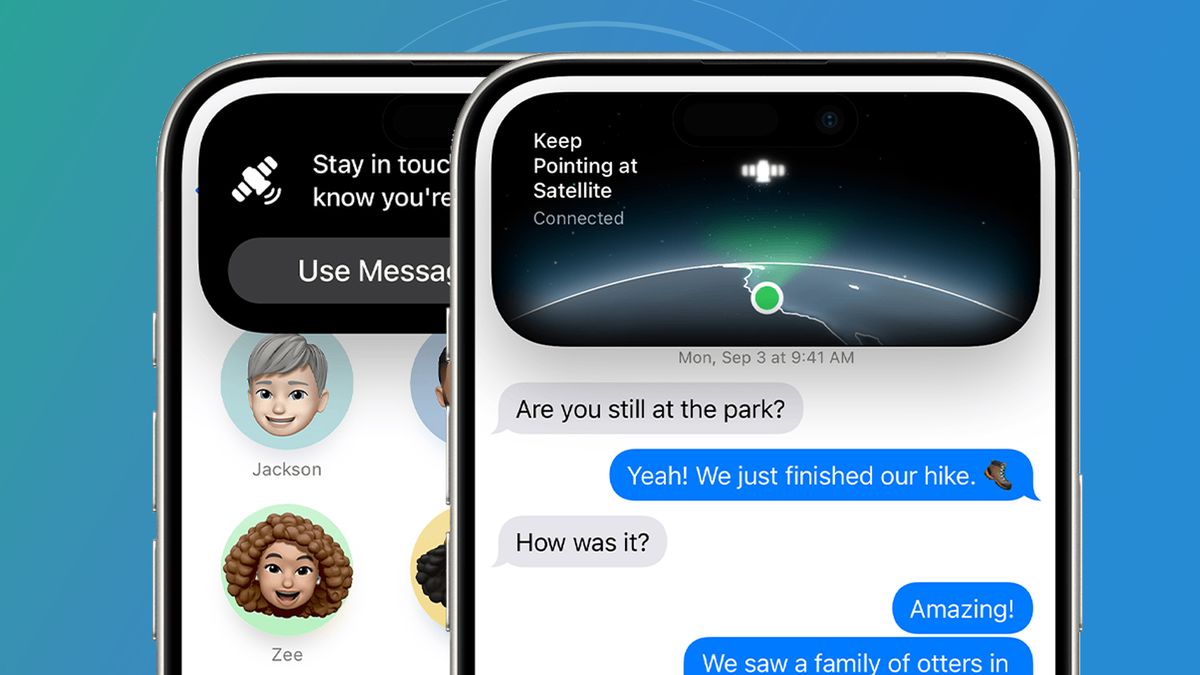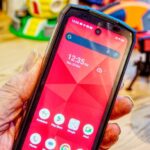With Hurricane Milton bearing down on Florida in the US, there’s a very real risk that it could cause havoc to communication infrastructure, making it harder than ever to stay in touch with people in the area.
But if you’ve got an iPhone, there are two built-in features that could let you communicate with loved ones and first responders, even when mobile networks aren’t functioning. This isn’t just hypothetical – there are plenty of examples of people using Apple’s services to connect when Hurricane Helene struck in late September.
The first feature is Emergency SOS via Satellite. As the name suggests, this uses satellite connectivity to link your call to emergency services, providing you with help when cell infrastructure is too badly damaged to get your call through.
Right now, it’s free for anyone with a phone from the iPhone 14, iPhone 15 and iPhone 16 lineups (see Apple’s full list of available territories to see where it works). Depending on where you live, you’ll also need to be running anything from iOS 16.1 to iOS 17.6 – Apple has a full list of requirements on its website.
But the second, and more recent, feature is Messages via Satellite, which recently landed in iOS 18. Like Emergency SOS via Satellite, Messages via Satellite can give you service even when the normal messaging methods aren’t working. It isn’t technically designed for emergencies and doesn’t connect you to emergency services, but could connect you to loved ones if you’re in a dicey situation without cell coverage.
Considering how much damage Hurricane Milton is likely to cause to cell towers and the like, it could be an ideal way to check up on family and friends when normal messages just don’t get through. Here’s how it works and how to try it.
How to use Apple’s emergency services
Both Emergency SOS via Satellite and Messages via Satellite are currently free to use for two years after registering your iPhone and neither require any additional setup – though the latter is currently only available in the US and Canada, for now.
For the former, just dial 911 and your phone will connect to a satellite if it needs to. For the latter, upgrade to iOS 18 and open the Messages app when you don’t have cell or Wi-Fi service and you’ll be prompted to use Messages via Satellite instead. Just follow the on-screen instructions to connect to a satellite and start texting. If the recipient has an Android phone or isn’t using iOS 18 themselves, messages are sent over SMS via satellite instead of iMessage.
In both cases, you’ll need to ensure you’re outside with a clear view of both the sky and the horizon in order to connect. Obviously, that might prove to be difficult if you’re in a stormy area that’s affected by Hurricane Milton, but you can still try regardless.
Apple offers a ‘Satellite Connection demo’ that you can try before attempting to connect to a satellite. To do so, open the Settings app in iOS and go to Apps > Messages > Satellite Connection Demo. This lets you practice connecting to a satellite so that you know how to do it later.
Apple says that you’ll need to turn on iMessage in your iOS settings before going off the grid. As well as that, anyone you’ve added to your emergency contacts or Family Sharing group will be able to message you using a satellite without you needing to text them first, so it’s worth adding any important people to your emergency contacts beforehand.
As we mentioned, Messages via Satellite is only available in the U.S. and Canada for now, while Emergency SOS via Satellite is available more broadly. If you or a loved one finds themselves affected by an event like Hurricane Milton, these features could make all the difference.
Read the full article here














